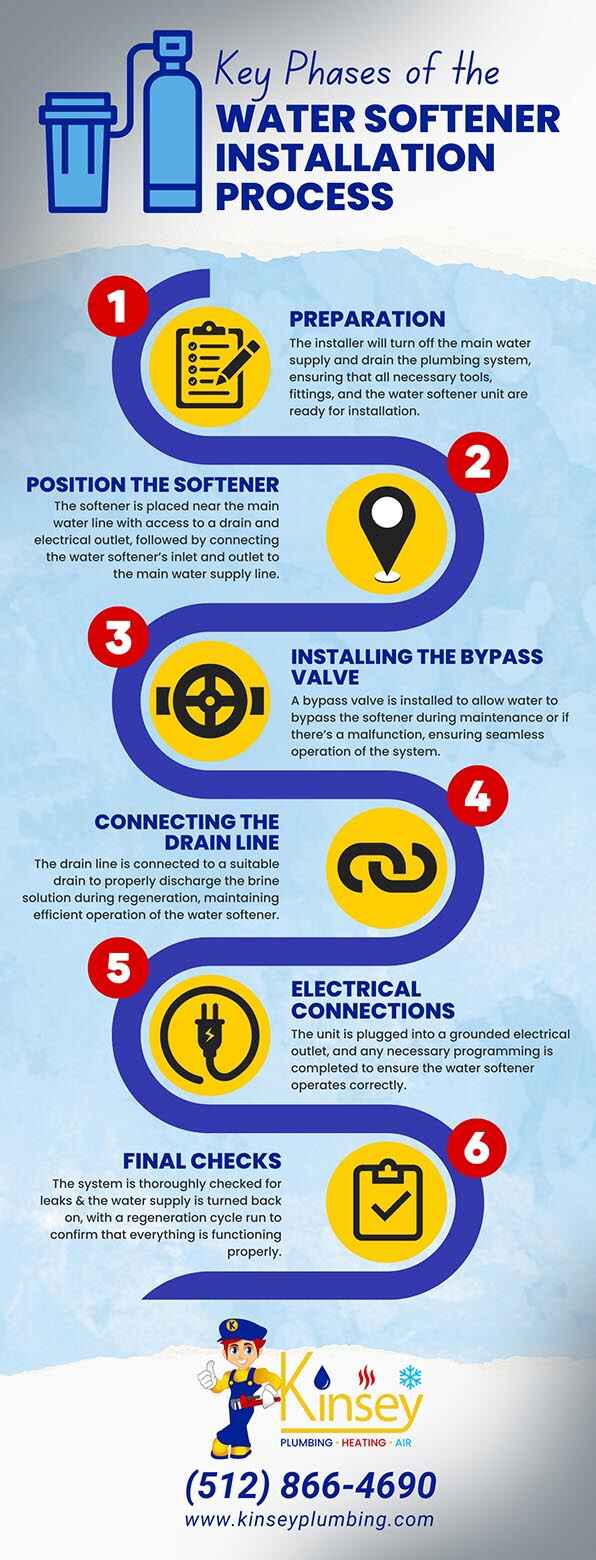
From limescale buildup on your fixtures to dry skin and dull hair, hard water can be a persistent problem. Fortunately, a professional water softener installation can alleviate these issues, providing you with soft, high-quality water. Discover the benefits of professional water softener installation in Cedar Park, TX and how it can transform your home’s water quality.
The Importance of Water Softening
Hard water contains high levels of minerals like calcium and magnesium, which can cause plumbing damage, reduce appliance efficiency, complicate cleaning tasks, and affect personal care. Investing in a water softener system mitigates these issues, protecting your home and enhancing your daily life.
Assessing Your Water Softening Needs
The first step in the installation process involves an assessment by a water treatment services professional. This entails conducting a water test to determine hardness levels, evaluating your household’s water usage, and surveying the best installation site near the main water line entry point.
Choosing the Right Water Softener
Selecting the appropriate water softener is crucial. Your choice should be based on your specific needs and water usage. Options include salt-based ion exchange softeners, which are highly effective; salt-free softeners, which condition water without removing minerals; and dual-tank softeners, ideal for large households. A water filtration system can also be installed alongside the softener.
The Installation Process
You can also opt for a whole house water filter instead of a localized system. Once you’ve selected the right system, the professional installation process involves several critical steps:

Preparation
Shutting Off Water Supply
The installer will turn off the main water supply and drain the plumbing system.
Gathering Tools and Materials
Ensuring all necessary tools, fittings, and the water softener unit are ready.
Positioning the Softener
The softener is placed near the main water line, with access to a drain and electrical outlet.
Connecting the Inlet and Outlet Pipes
The water softener’s inlet and outlet are connected to the main water supply line.
Installing the Bypass Valve
A bypass valve is installed to allow water to bypass the softener during maintenance or in case of malfunction.
Connecting the Drain Line
The drain line is connected to a suitable drain, ensuring proper discharge of brine solution during regeneration.
Electrical Connections
The unit is plugged into a grounded electrical outlet, and any required programming is performed.
Final Checks
The system is checked for leaks, and the water supply is turned back on. The installer will run a regeneration cycle to ensure everything functions correctly.
Don’t let hard water continue to be a burden in your household. Investing in a professional water softener installation not only improves your home’s water quality but also protects your plumbing and appliances, enhances cleaning efficiency, and promotes better personal care.
Ready to enjoy the benefits of soft water? Contact us today to schedule an appointment.



